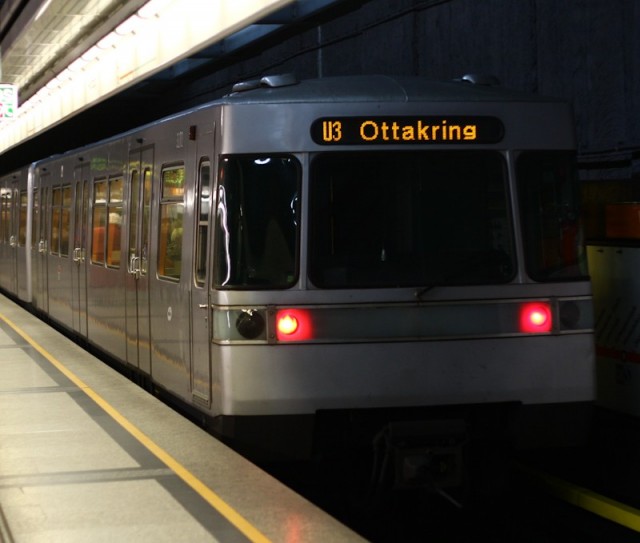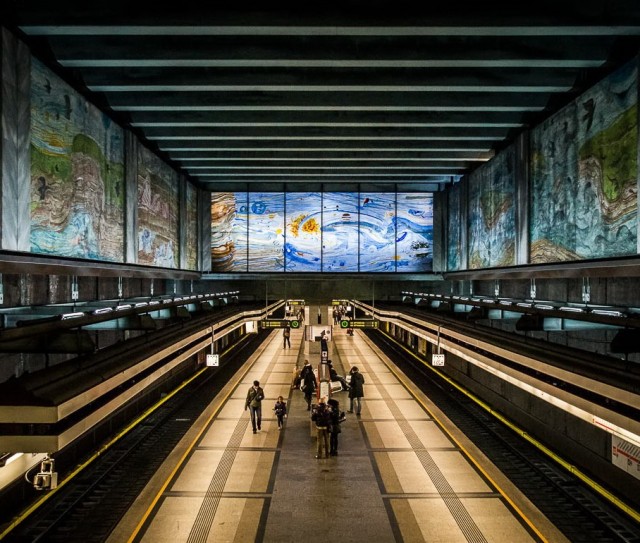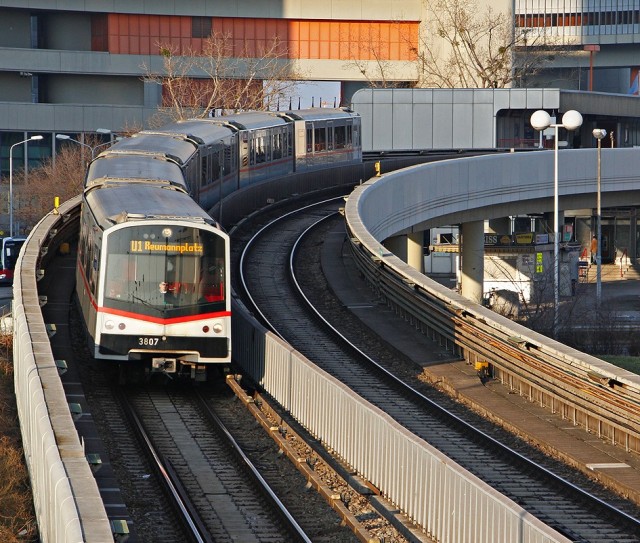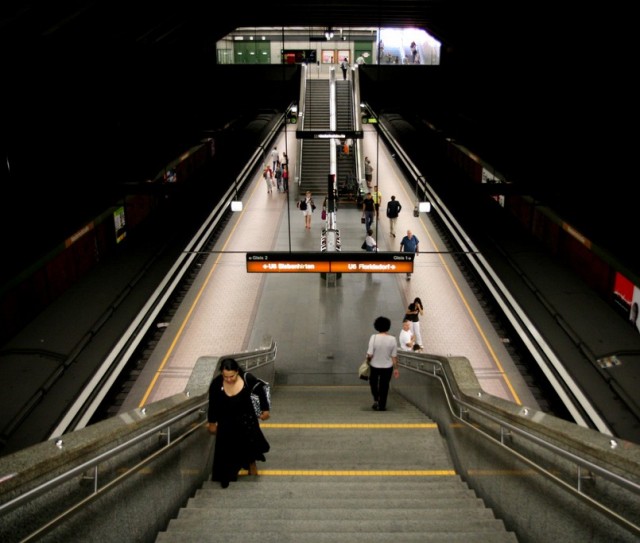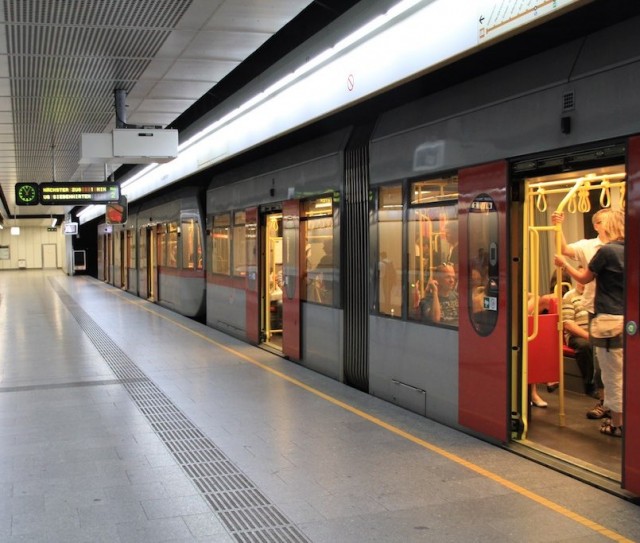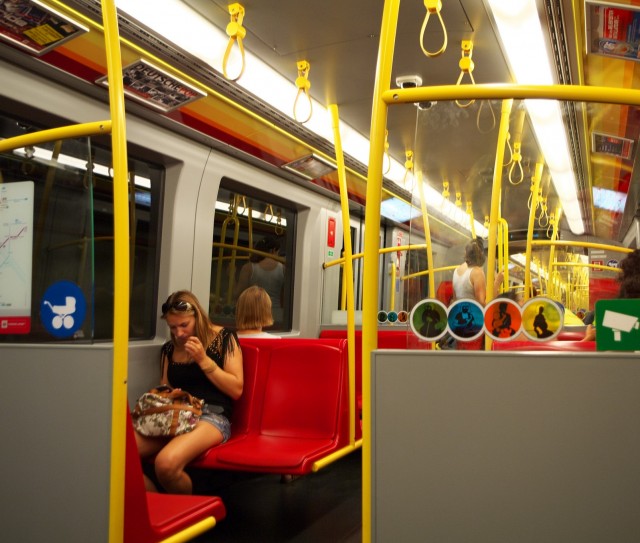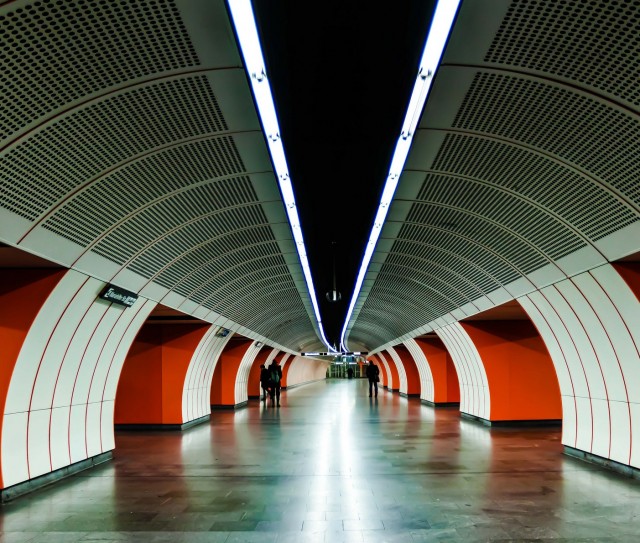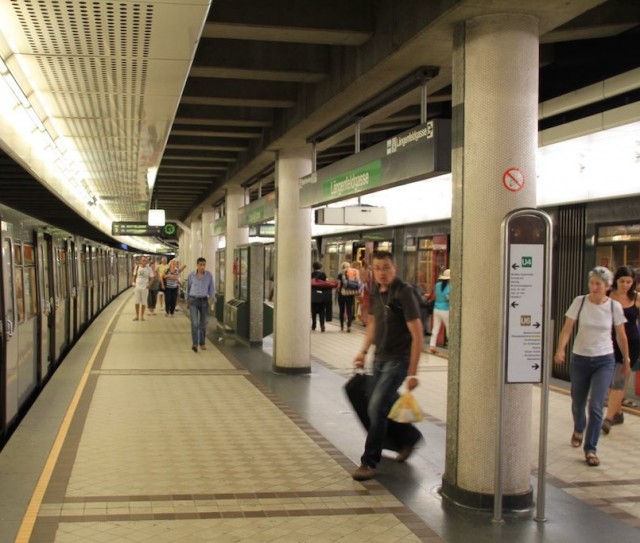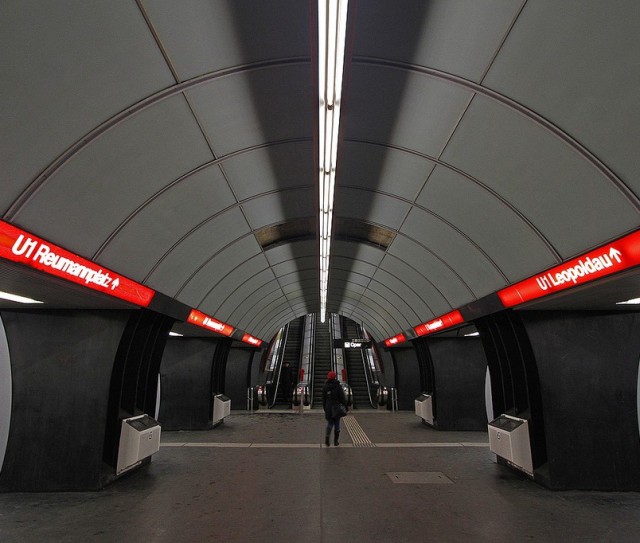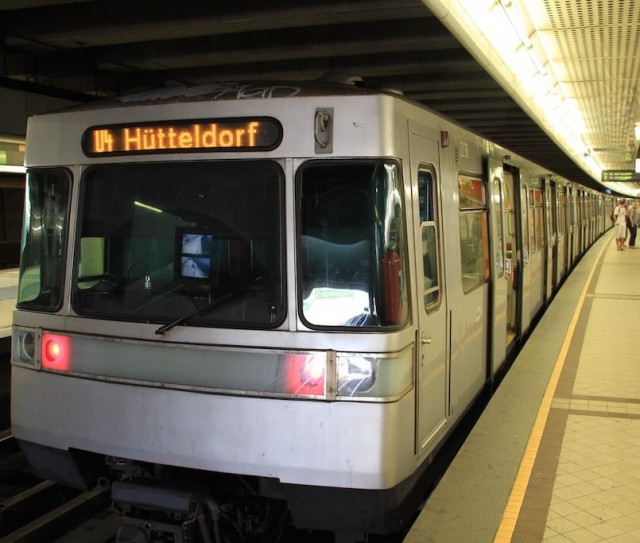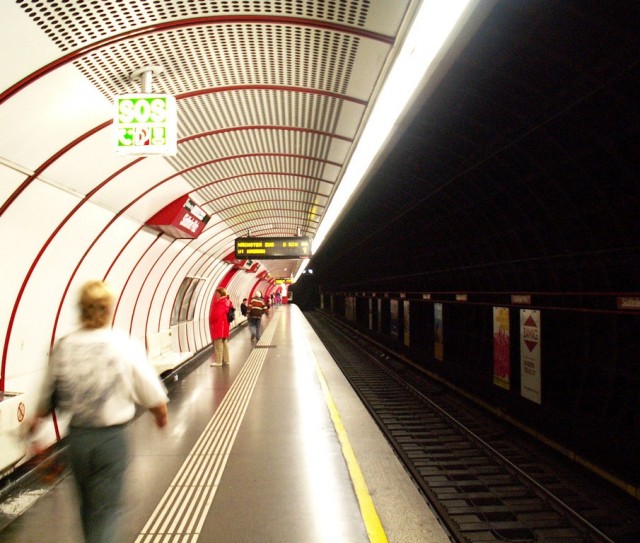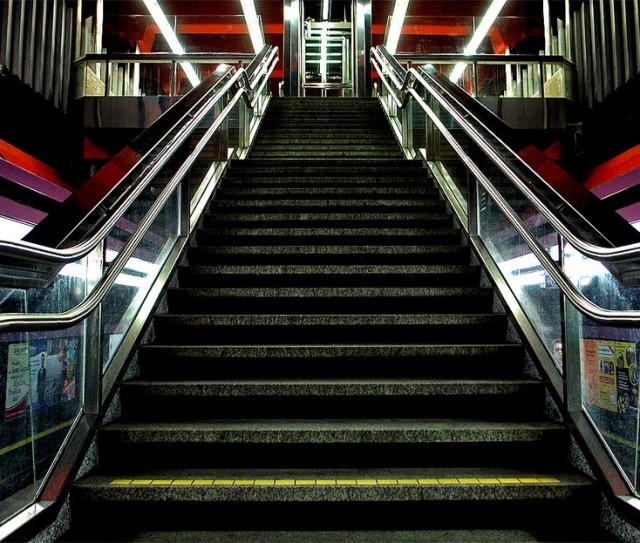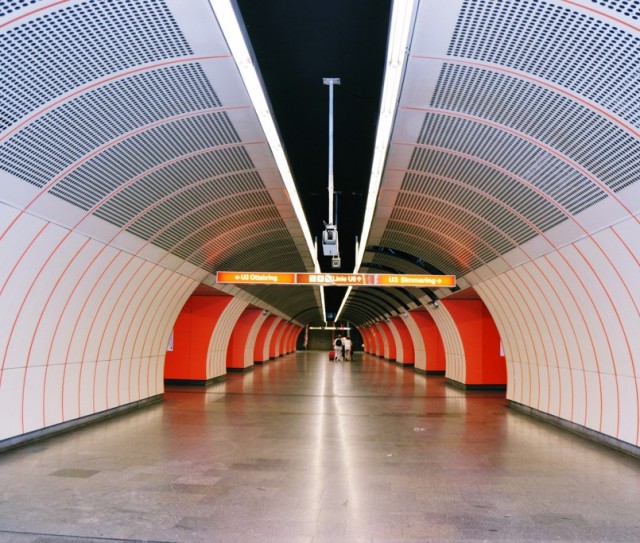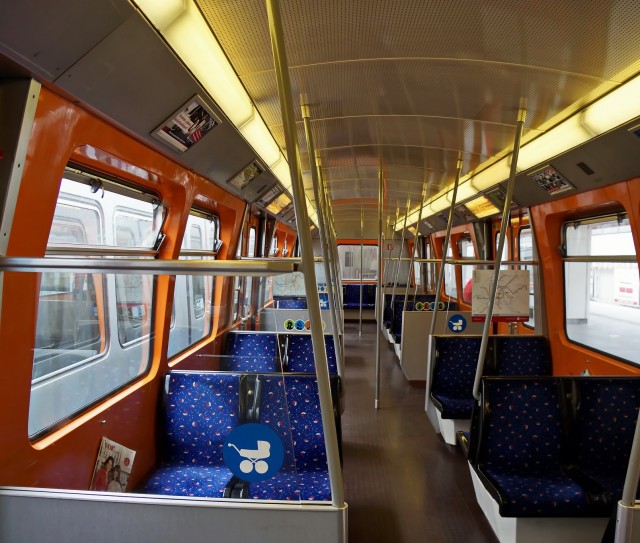Info
The Vienna Metro, known as the Wiener U-Bahn, stands as Austria's sole metro network and a relatively recent addition to Europe's metro systems, with its inauguration in 1976. Its origins trace back to 1898-1901 when the Stadtbahn city railway was established. In the 1970s, a decision was made to modernize and transform it to meet metro standards, resulting in the launch of the initial three-station metro section in the north of Vienna in 1976.
Today, the Vienna Metro comprises five lines, some running underground and others on the surface. It boasts an extensive network of stations, densely distributed throughout Vienna. This comprehensive coverage makes it the most convenient and efficient mode of public transportation in Vienna, particularly during peak hours and the bustling tourist seasons. The Vienna Underground serves over a million passengers daily, connecting them to key destinations such as Vienna Central Station (Wien Hauptbahnhof) and renowned attractions including Schönbrunn Palace, the Albertina Gallery, and the Wiener Staatsoper. Moreover, from Wien Mitte station, travelers can conveniently catch an express train to Vienna International Airport (Flughafen Wien-Schwechat).
The Vienna Underground operates under the management of Wiener Linien, which coordinates seamlessly with buses, trams, and commuter trains (Wiener S-Bahn) to form a unified urban transport system in Austria's capital. As a result, a Vienna U-Bahn ticket provides access to all forms of public transport within the city. The standard fare for a Vienna Metro ticket is €2.40, obtainable from vending machines, ticket offices at metro stations, or via the official website. It's worth noting that Vienna's metro stations lack turnstiles. However, passengers must validate their purchased tickets and keep them until their journey's conclusion, as inspectors may conduct checks. Penalties for traveling without a valid ticket can amount to €105.
Vienna Underground stations are unmistakable, marked by distinctive cube-shaped signs bearing the letter U. Since the Vienna Metro is not deeply submerged underground, escalators are generally found only at station exits, while entrances primarily feature staircases. The station interiors are designed for functionality, featuring an abundance of signs and diagrams. Stations and passageways are color-coded to align with the respective metro lines. Most carriages on the Vienna Underground are modern and spacious, equipped with ramps for individuals with disabilities. Doors in Vienna subway cars are activated using buttons or levers positioned on both sides of each door.
Vienna U-bahn prioritizes accessibility and convenience for all passengers. Special lifts cater to individuals with disabilities, and tactile tiles guide visually impaired travelers. Mobile communication and internet connectivity are available throughout the Vienna Underground network, enhancing the overall commuting experience for residents and visitors alike.
Lines
The Vienna Metro, also known as the Wiener U-Bahn consisting of five lines (U1 in red, U2 in purple, U3 in orange, U4 in green, and U6 in brown), forms a vital part of Vienna's public transportation network. Covering 83.1 kilometers and serving 109 stations, Vienna Underground offers a convenient way to navigate the city. The Vienna Metro operates from 5:00 AM to 1:00 AM on weekdays. During this time, train intervals can vary, with waits as short as 2 minutes and a maximum of 15 minutes. On weekends and holidays, the metro runs all night with 15-minute intervals. The Vienna underground system caters to over 1.3 million passengers daily, emphasizing its significance as a preferred mode of transport in Vienna.
Fare
The Vienna underground offers several fare payment options, each tailored to accommodate various preferences and requirements, while also catering to different pricing structures and ticket validity. These fare options extend to cover the entirety of the Vienna public transport network, including trams and buses. The cost of a single ticket for one trip on the Vienna U-Bahn is € 2.40. A metro ticket valid for one day (until 1:00 the next day) costs € 5.80. A 24-hour pass, valid for all public transport in Vienna, costs € 8, 48 hours – € 14.10, 72 hours – € 17.10, 1 week – € 17.10, 1 month – € 51.
The Vienna City Card is another good option for a tourist that provides unlimited travel on public transport and offers discounts on visits to Vienna's main attractions. The Vienna City Card costs € 17.00 for 1 day, € 25.00 for 2 days and € 29.00 for 3 days.
A train ticket to Vienna Airport costs € 7.00. Children under 6 years old can use Vienna public transport free of charge.
Ticketing
Tickets and passes can be purchased at ticket offices and machines at Vienna Underground stations. For added convenience, tickets and passes can be purchased through the Vienna U-bahn's official website, saving you time at the station. There are no entrance or exit controls in the Vienna metro. Once you have your ticket or pass, it's essential to validate it before boarding. Vienna Metro employs a validation system that operates directly at stations and on trams and buses. Ticket checks on Vienna Metro are infrequent and typically conducted selectively. Checks may occur on the rolling stock (trams and trains) or when passengers are exiting stations. Traveling without a valid ticket on the Vienna Metro can result in a fine of €105. To avoid penalties and travel comfortably, ensure that your ticket or pass is correctly validated and with you throughout your journey.
 English
English Deutsch
Deutsch Français
Français Italiano
Italiano Español
Español Português
Português Русский
Русский Українська
Українська Polski
Polski Čeština
Čeština Ελληνικά
Ελληνικά Türkçe
Türkçe Tiếng Việt
Tiếng Việt ไทย
ไทย 日本語
日本語 中文
中文 한국어
한국어